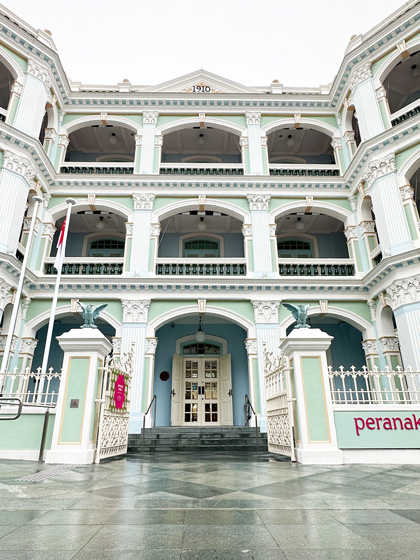The Peranakan Museum explores the art and culture of Peranakan communities in Southeast Asia, and possesses one of the finest and most comprehensive public collections of Peranakan objects.
On February 17, 2023, the museum reopened its doors after nearly four years of renovation work.
The newly refreshed Peranakan Museum holds brand-new permanent galleries presenting exceptional objects from Peranakan material culture, as well as a more contemporary exhibition design and an enhanced museum visitor experience. In particular, one key shift in the curatorial approach was to also include contemporary expressions of Peranakan culture, by way of works of contemporary art, fashion, design and craft, created by local and regional artists, artisans and designers, and inserted into every gallery.
The three floors of the museum explore Peranakan life through themes related to origins, home, and style as aspects of identity. Community interviews, recorded demonstrations, art commissions, and other contemporary expressions of Peranakan culture provide a multi-faceted experience for visitors, encouraging them to ask themselves: "what is Peranakan?".
The museum is a department of ACM, operating under the National Heritage Board.
BUILDING HISTORY
The Armenian Street building was formerly the Tao Nan School built in 1912. It was first converted to Asian Civilisation Museum in 1994, which was then redeveloped into the Peranakan Museum in 2008. The redevelopment was spurred by the immense popularity of the Peranakan display in the old ACM.
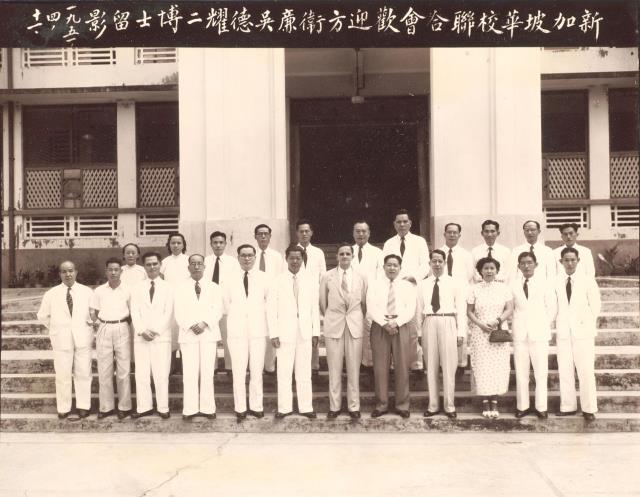 Tao Nan Chinese School
Tao Nan Chinese School
1912 : Built
The current Peranakan Museum is housed in the former Tao Nan School building at 39 Armenian Street. The architectural plans of the building were first drawn up and approved by the Municipal Engineer's Office in 1910. Construction of the building itself was completed in March 1912. The Tao Nan building was designed in the "Eclectic Classical" style. The fluted columns and the symmetry of the building are characteristic of Classical architecture while the balconies fronting the façade suggest a colonial or tropical style. The layout of the building is also based on Straits Settlements bungalows with rooms arranged around a common central hall and toilets and kitchens outside the principal building.
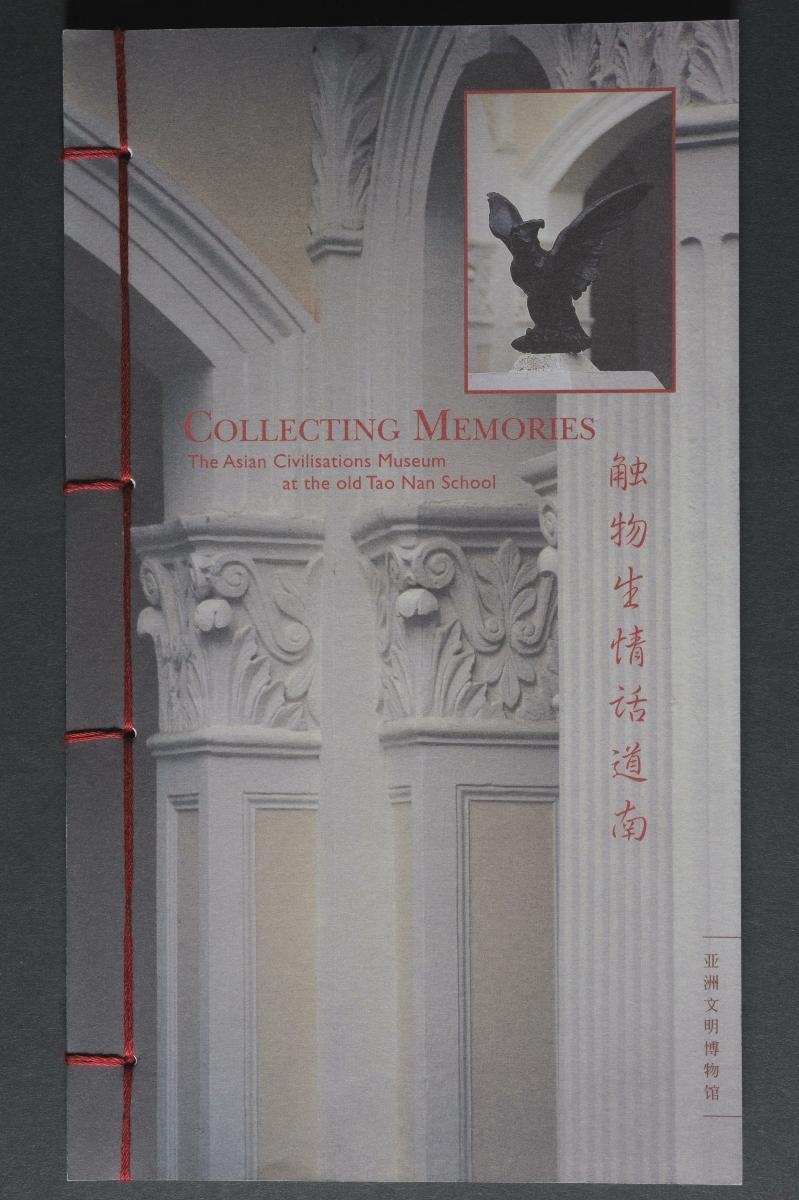 ‘Collecting Memories: The Asian Civilisations Museum at the old Tao Nan School’. Collection of National Museum of Singapore
‘Collecting Memories: The Asian Civilisations Museum at the old Tao Nan School’. Collection of National Museum of Singapore
1994: Conversion to Museum
Preparations for the inaugural exhibition of the Asian Civilisations Museum began in 1994. Storylines and themes were discussed, designers and construction companies appointed, artefacts selected and labels written.
Appropriately, for a building that was once converted from a Chinese school, the permanent exhibition of the Museum began with a focus on different aspects of Chinese culture and civilisation, ranging from architecture to the connoisseurship of the literati. Later, the permanent exhibition at ACM, Armenian Street focused on showcasing the rich material and cultural heritage of the Peranakans.
The ACM closed at the end of 2005 to be redeveloped as a new museum to showcase the eclectic Peranakan culture.
Over the 70-year occupation of the place, several changes were made to the building. Space was differently employed and some structures were added while others demolished.
Today, the old Tao Nan School has entered the latest and most colourful phase in its history – as the Peranakan Museum.
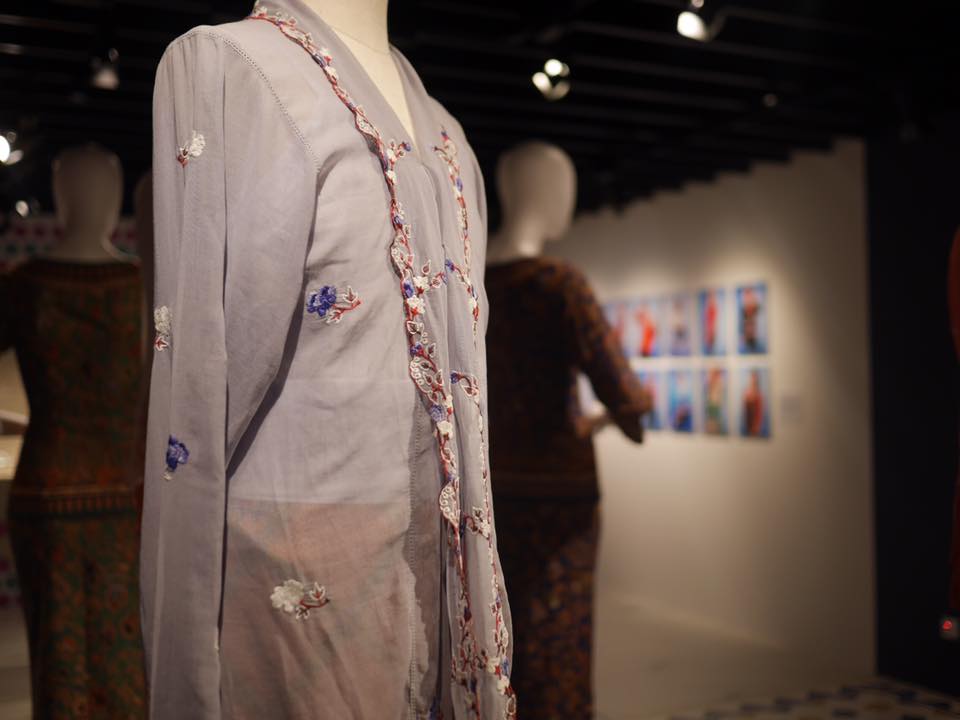 The Peranakan Gallery at Changi Airport's Terminal 4 in 2017
The Peranakan Gallery at Changi Airport's Terminal 4 in 2017
2017: Peranakan Gallery at Changi Airport
On 30 October 2017, The Peranakan Museum unveiled the Peranakan Gallery in the heritage zone of Changi Airport's Terminal 4. The gallery was a first-ever collaboration between Changi Airport Group and National Heritage Board for transiting passengers to get to discover and learn about the rich Peranakan Culture.
Complementing the galleries of the Peranakan Museum, which explores the culture of the Peranakan communities in Southeast Asia, the Peranakan Gallery at T4 examines how Peranakan culture has inspired contemporary living and design. The gallery also showcases how the Peranakans of Southeast Asia, known for their hybrid style, customs, cuisine, language and prolific use of colours, have added vibrancy to Singapore's societal fabric.
The Peranakan Gallery is open 24 hours daily, and is free for all passengers who have who cleared departure immigration.
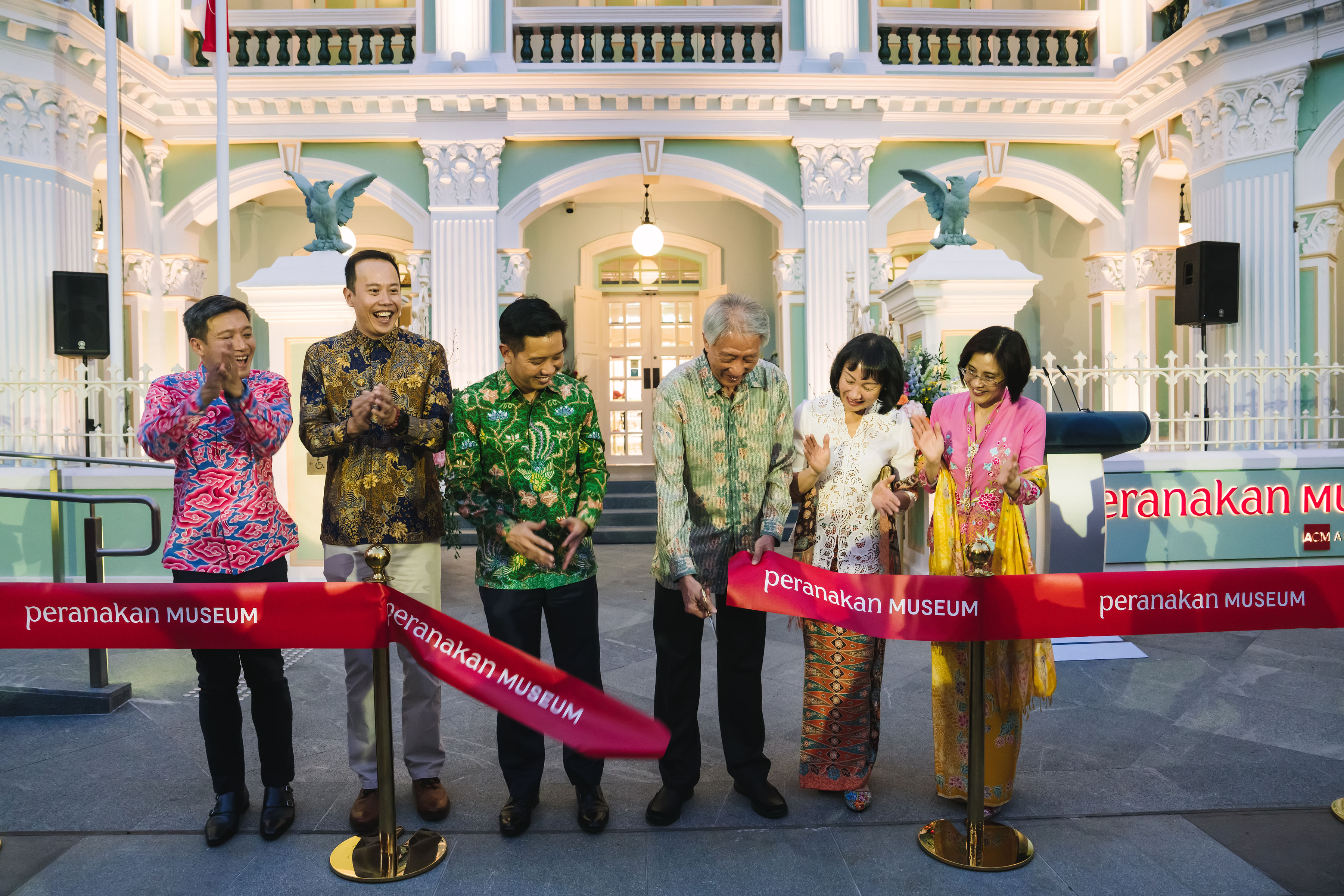 Reopening of the Peranakan Museum
Reopening of the Peranakan Museum
2023: Revamped Peranakan Museum
The Peranakan Museum reopened to the public 17 February 2023, after nearly four years of renovations.
Displaying over 800 objects, ranging from newly acquired or generously donated objects to well-loved artefacts and set pieces, the museum explores the Peranakan identity through universal themes of “Origins”, “Home”, and “Style”.



